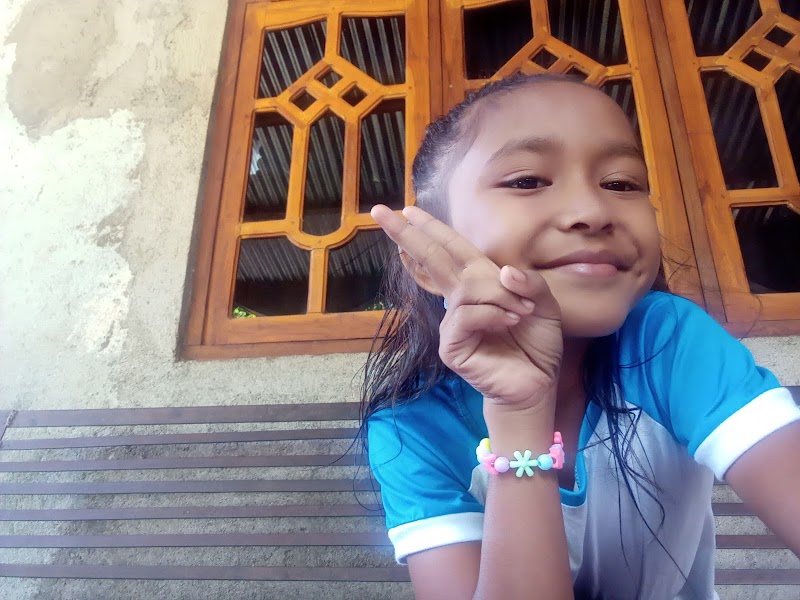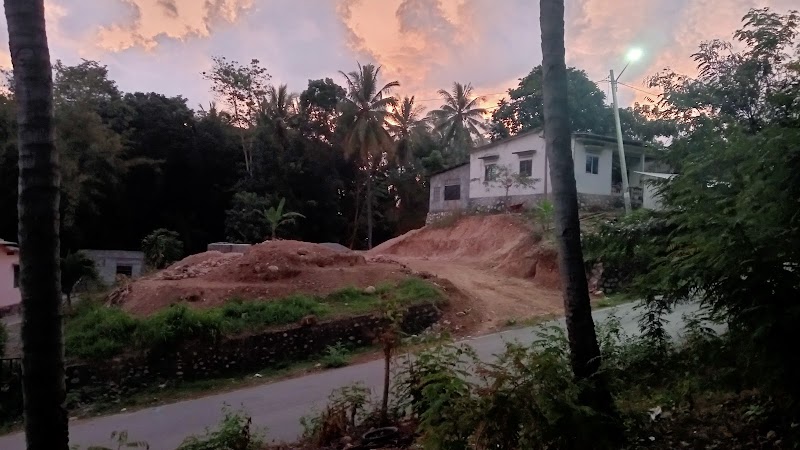The 5 largest cultural sites in Leste reflect the country’s rich cultural heritage, encompassing historical landmarks, ancient ruins, and natural wonders of exceptional significance. These sites hold immense cultural and historical value, attracting visitors from around the world and serving as valuable resources for understanding the development of Leste’s diverse cultural traditions.
- Lore Lindu National Park: Located in Central Sulawesi, Lore Lindu National Park stands as the largest cultural site in Leste. It encompasses a vast and rugged landscape featuring towering mountains, pristine forests, and spectacular lakes. The park is home to various ethnic groups, including the Tolaki, Kaili, and Ledo, who have preserved their traditional cultures, including unique languages, customs, and art forms.
- Borobudur Temple: Situated in Central Java, Borobudur Temple is a UNESCO World Heritage Site and one of the most iconic cultural landmarks in Leste. This massive Buddhist temple complex dates back to the 8th and 9th centuries and consists of nine stacked platforms adorned with intricate carvings depicting scenes from the life of Buddha. The temple’s design and architecture showcase the exceptional craftsmanship and artistic skills of ancient Javanese artisans.
- Prambanan Temple Compound: Located near Yogyakarta in Central Java, Prambanan Temple Compound is another UNESCO World Heritage Site and a significant Hindu temple complex. Built in the 9th century, the compound consists of three main temples dedicated to the Hindu gods Shiva, Vishnu, and Brahma. The temples feature elaborate carvings and sculptures depicting various mythological scenes and deities, offering a glimpse into the religious beliefs and practices of ancient Java.
- Rinjani National Park: Situated on the island of Lombok, Rinjani National Park encompasses Mount Rinjani, an active volcano and the second-highest peak in Leste. The park’s diverse landscape includes rainforests, waterfalls, hot springs, and crater lakes, providing a stunning backdrop for trekking and hiking adventures. It is also home to various ethnic groups, including the Sasak people, who have preserved their traditional way of life and cultural practices.
- Komodo National Park: Located in the Lesser Sunda Islands, Komodo National Park is a UNESCO World Heritage Site and is home to the legendary Komodo dragons, the largest living lizards on Earth. The park includes several islands, including Komodo and Rinca, where visitors can observe these fascinating creatures in their natural habitat. The park also offers opportunities for snorkeling, diving, and exploring the region’s rich marine life.

The 7 Biggest Cultural Site near Suai
Tomé Mendonça Square
- Address: M7J6+QX4, Suai, Timor-Leste
- Map: Click here
- Rating: 5 (1)
- Reviews:
a year agoTome Mendonca Square is in down town Suai. Good land mark to find your way around in Suai. It is take you to the beach as well. I have been here is Suai and find out this land mark is known by local well and best to remember it to not get lost in town.
Dutch Fortress
- Address: J7XH+76W, Suai, Timor-Leste
- Map: Click here
- Rating: 5 (2)
- Reviews:
6 years agoOld Dutch Fortress. Free Access. Not maintained facilitya year ago
Monumento Dilai
- Address: R7Q5+XQ5, Lolotoi, Timor-Leste
- Map: Click here
- Rating: 5 (1)
Pansasila.tgr
- Address: R7P9+CR, Opa, Timor-Leste
- Map: Click here
- Rating: 5 (3)
Suai Aidila laran
- Address: M7C9+6W2, Suai, Timor-Leste
- Map: Click here
- Rating: 3 (2)
Ilat lau, Soroleque
- Address: 392C+58P, Timor-Leste
- Map: Click here
- Rating: 5 (1)
Ai Pu Ua Abe Usi Maurapo e Samalelo
- Address: 29VM+4M9, Timor-Leste
- Map: Click here
- Rating: 4 (1)

- The 2 Largest Zoo in Suai
The five largest zoos in Leste offer a wide range of experiences for visitors, with plenty of animals to see..
- Discover the Biggest Zoo in Baucau
Leste, renowned for its vast and diverse landscapes, boasts an impressive array of zoological institutions that showcase a wide spectrum..
- The 7 Biggest Zoo in Dili
Leste is renowned for its diverse wildlife and vibrant zoos that offer a captivating experience for visitors. Among the largest..
- The 6 Biggest Water Park in Suai
Leste, known for its warm climate and stunning beaches, boasts some of the largest and most exciting water parks in..

